Diamonds are valued not only in the jewelry industry - they have a wider scope. The amazing properties of the mineral allowed people to use it in the technical industry and even in medicine.
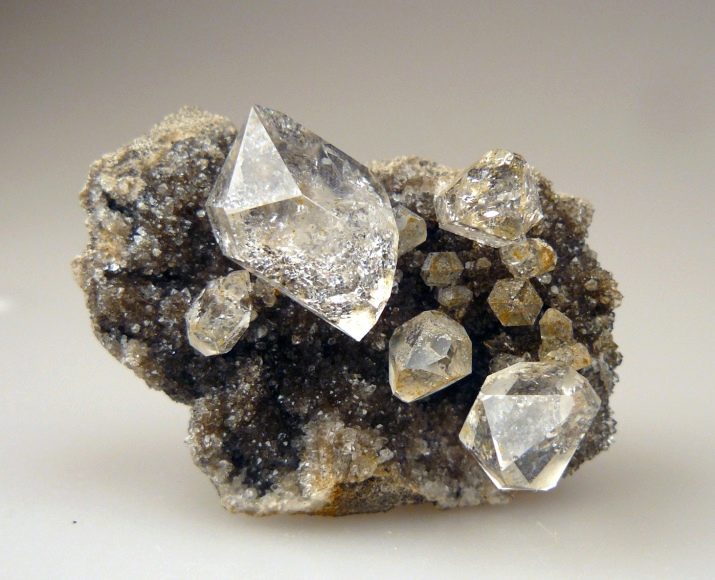
Features
Unique properties have made diamond a sought-after person. Excellent jewelry is made of it, since no mineral has such a radiance that a stone possesses. However, there are other goals where the physical and chemical qualities of the stone are in demand.
It is the hardest mineral with a score of 10 on the Mohs scale. Its hardness depends on the direction of the molecules. Sharp edges do not break off and withstand even strong mechanical stress.
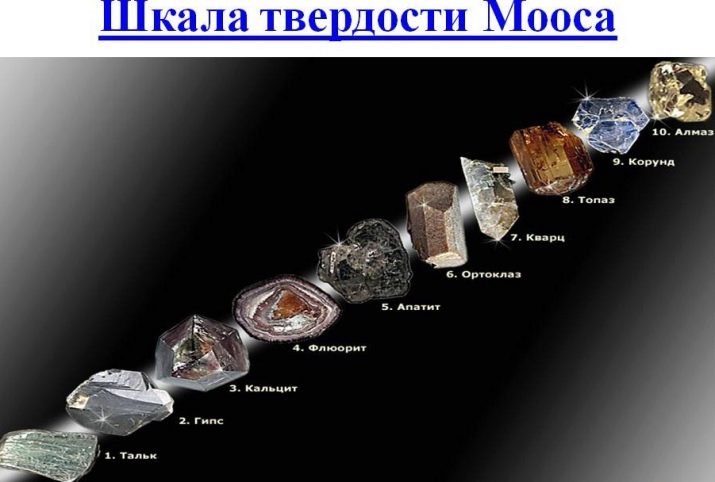
Diamond is optically isotropic, but sometimes anomalous double refraction occurs. Some types of mineral inclusions are typical for this stone. It is well moistened with oils and is characterized by high refractive index (2.42), but has a relatively low density (3.52).
Diamond is characterized by high thermal conductivity. It is transparent in x-rays and exhibits a slight blue glow. The described mineral has a high dispersion (0.044).
Not everyone knows that a mineral can vary in color, the cost of the product depends on this. The stone can be completely colorless, transparent or yellow, even light brown.
The darker it is, the lower its cost.
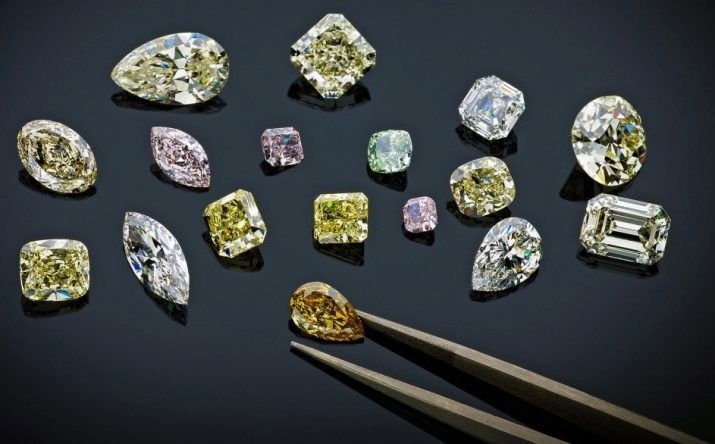
Colorless diamonds are in great demand because they sparkle amazingly in jewelry. These items are used in jewelry, the rest - in industry and other fields. Completely colorless diamonds are rare, so they are sold at a higher price.

Application in the technical industry
Over the past few decades, people are increasingly improving technology, thereby simplifying their lives. Once a diamond was used only in the manufacture of jewelry, then it was adapted as a means for sharpening knives, for dressing grinding wheels. Today the scope of use has expanded significantly, now the mineral is needed:
- for sharpening skates;
- in electronics;
- when creating telecommunications;
- in medicine;
- chemical industry;
- as a protective mechanism.
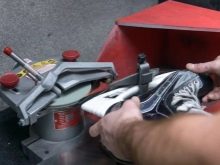
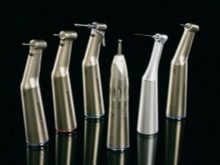

Optical lenses can be protected by diamond from destruction by hydrofluoric acid, hence new achievements in the field of astronautics and quantum physics. Laser technology is also not without diamonds.
All tools that have diamond chips in their construction can be used for cutting and processing hard materials. These are mainly two areas: cutting and drilling.
As practice shows, such equipment has a high resistance to wear and can increase the operational life of the products. Diamond chips are used as a special spraying on drills, grinding machines, milling cutters and other devices.
Thanks to the crumb, it was possible to increase the accuracy of cutting without torn edges.
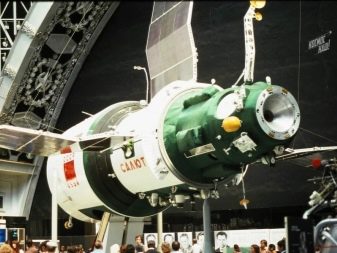
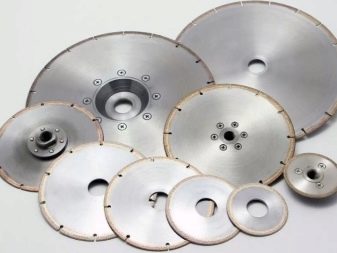
If a diamond drill is used, the likelihood that the hole will be uneven with chips or cracks is minimized. This is important when laying water supply, cable power lines, water supply.

The use of diamond in jewelry
Diamonds are the most precious stone in the world, the formation of which takes place over billions of years below the surface of the earth. The tremendous pressure and heat of the earth's mantle turn carbon into an amazing stone, the most coveted for many. When creating jewelry, such qualities of diamonds as:
- color;
- clarity;
- number of carats;
- fluorescence;
- faceting.
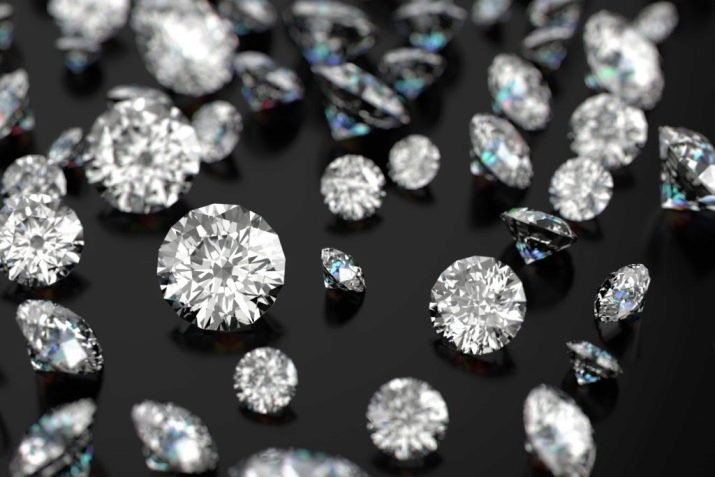
Most diamonds have a yellowish tone. Truly colorless diamonds are extremely rare and very expensive. The color of a diamond is graded on a scale from D, which is “colorless,” to J, which is “almost colorless.”
Some people even prefer diamonds with a yellowish tint because they give multi-colored sparks when exposed to light, while, indeed, fully transparent minerals may seem icy, blue.

The clarity of the stone is determined by how many defects or “inclusions” are inside the diamond. This quality is being investigated under high magnification. A badly spoiled diamond will not shine like a flawless diamond.
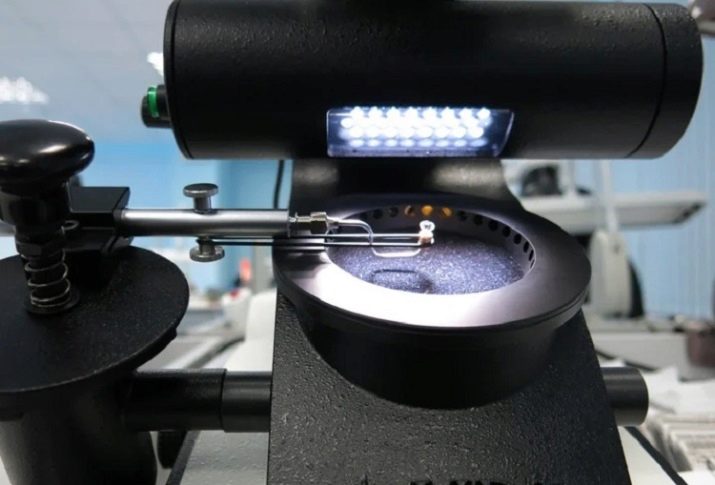
Clarity is evaluated on the following scale:
- VVS1-VVS2 - a small number of inclusions;
- VS1-VS2 - a little more inclusions;
- S1-S2 - a bit more inclusions.

All this is not visible to the naked eye. Truly flawless diamonds that have the F mark are very rare and expensive, and are usually not found in simple jewelry stores.
The way a diamond is cut is the most important determining factor in whether a mineral will be attractive. Working with the mark “excellent” or “perfect” means that the jeweler made sure that the diamond was cut proportionally. Poorly cut - it will not sparkle or shine properly, because light will not be reflected through the stone as it should. It is difficult to consider even its imperfections in a diamond with a perfect cut, such as a yellowish color.
A well-cut diamond may even seem larger than its real weight due to its brilliance, while a poorly cut diamond looks visually smaller.
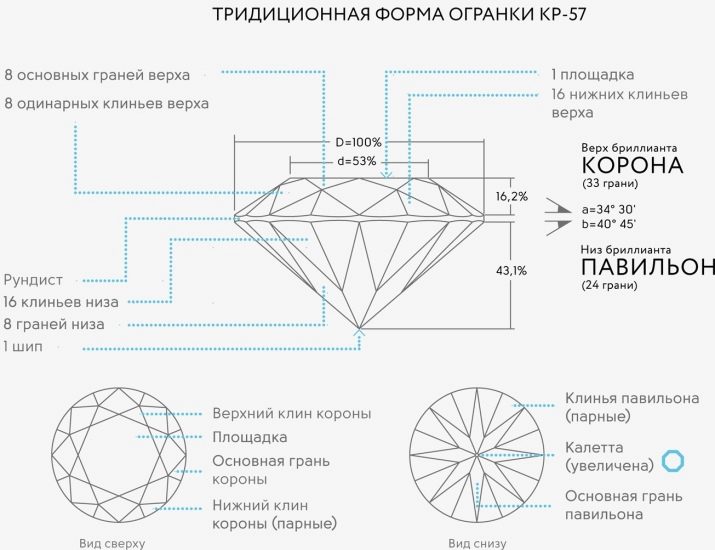
The number of carats depends on its weight. One carat is 0.2 grams. As weight increases, the price will also increase exponentially. The more carats a diamond has, the greater the likelihood that the mineral will have flaws, for example, an opaque color.
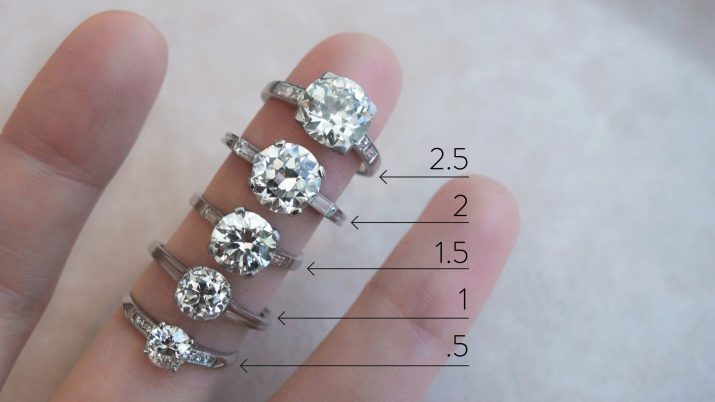
Fluorescence is an important characteristic of diamonds, however, it is not as widely discussed as other characteristics. By fluorescence is understood the blue light that comes from stones under the influence of black ultraviolet light. Some diamonds emit a strong blue glow, others a moderate glow, but there are those in which it is completely absent.
For a colorless stone of type D or E on the color scale, fluorescence does not provide an additional advantage.
However, for stones with a light yellowish tint of type I or J, medium or strong fluorescence helps mask the yellow tint, making it lighter.
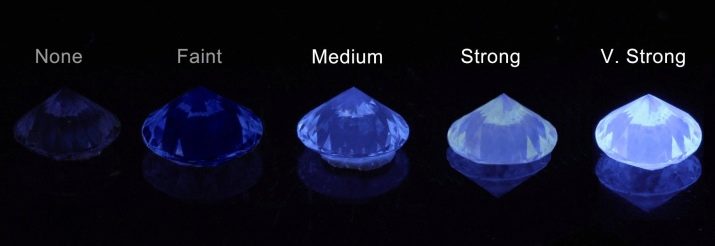
How is it used in medicine?
Due to all its positive qualities, the described mineral has become widely used in medicine. While diamond is most often used in the manufacture of special equipment.
The scalpel with diamond sharpening is especially sharp. Due to this property, the cuts are smooth, accurate, which is simply indispensable during complex operations. The mineral is also used in the manufacture of clamps and scissors, as well as equipment for dentistry.
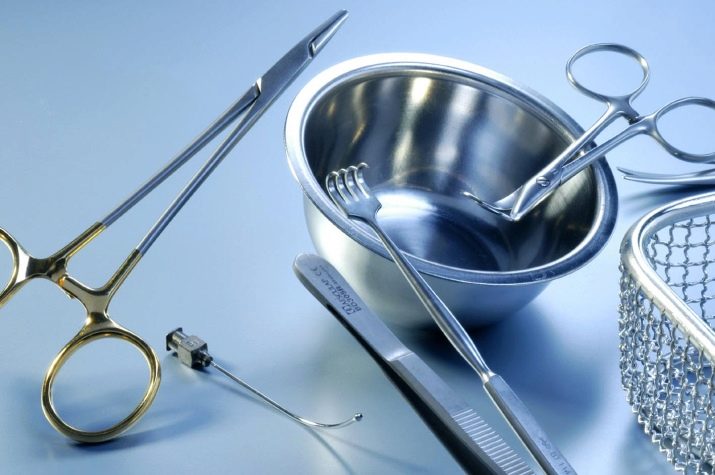
A laser that is planned to be used in medicine is still under development. Diamond in its design plays the role of a conductor. Scientists hope that over time, such equipment will reduce the negative impact on the tissues of the human body and reduce the area of exposure to healthy cells. This is very important when working with cancers, when a normal operation with a scalpel does not allow you to accurately determine the area of tissue removal, so the surgeon has to touch on healthy ones.
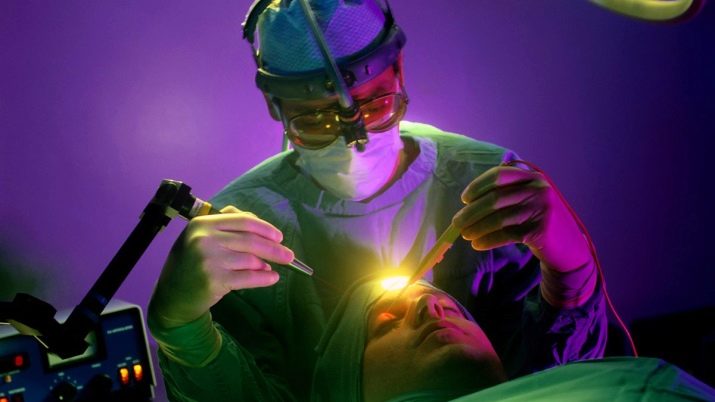
See the following video for applications for diamonds.










